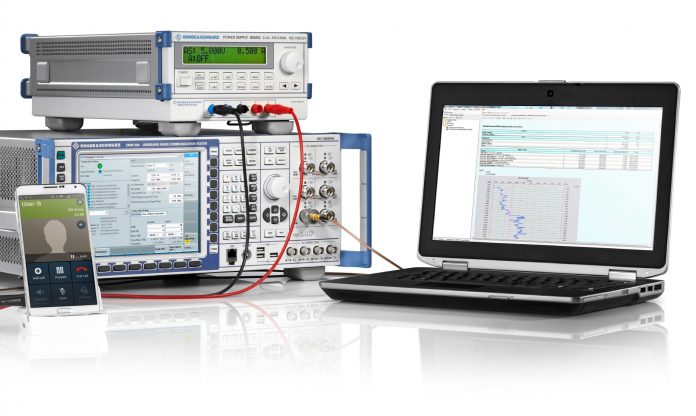
In the not too distant future, the Internet of Things will connect several billions of devices to the Internet. According to Harbour Research, an estimated two billion IoT devices were sold in 2014, in 2020 it will be more than seven billion. This is only possible if cost-effective communications networks and wireless devices are available. By using wireless technologies such as Bluetooth, ZigBee, Wi-Fi or cellular networks, almost anything, anywhere in the world, can be connected quickly and reliably to the Internet. The latest cellular technologies, LTE‑M and NB‑IoT, will play an important role in the success of the Internet of Things.
Most applications use local network technologies that operate in license-free frequency bands. In contrast, applications that depend on mobility or global accessibility make use of satellite technologies plus cellular mobile radio technologies, primarily of the second and third generation. Typical examples include fleet management, container tracking, coffee vending machines or ATM services, personal health monitoring, to name just a few.
For the most part, these are applications that generate little data traffic, often needing only an SMS service for transmission. About 60% of today’s cellular IoT devices use second-generation mobile communications technologies, e.g. GPRS. The transition to the third generation will occur in the next few years, especially as needs increase for higher data rates and long-term network availability. The fourth generation of mobile communications using LTE has played a lesser role to date.
Because LTE is primarily optimized for the mobile broadband market, the IoT has generated little demand for 4G technology. Moreover, the costs for an LTE modem are still relatively high in comparison to a GSM modem. However some aspects of LTE make it increasingly attractive. One of these is global accessibility.
The need for optimized solutions for the IoT market was recognized early on during the definition of the 3GPP standard, and so specific improvements for machine type communication (MTC) have been developed. For example, the committee has defined features in Rel. 10/11 intended to protect the mobile network against overload as a result of the many IoT devices. Network operators need to be armed against the possibility of several thousand devices trying to connect to the network at the same time. This could happen after a sudden event, for example the power grid coming back online after a power failure.




